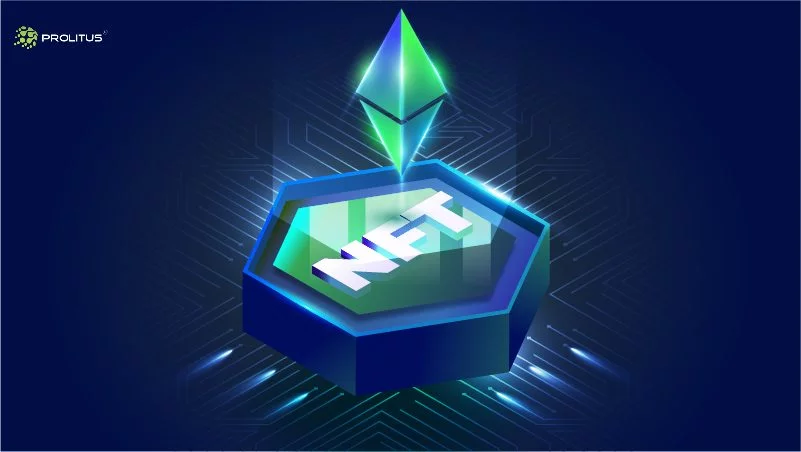Key Insights:
- Crypto on-ramps provide a crucial bridge from fiat to digital currencies, allowing seamless purchases via traditional payment methods.
- Off-ramps convert cryptocurrencies back to fiat, supporting the transition from digital assets to conventional banking systems.
- Both on-ramps and off-ramps are vital for ensuring liquidity and stability in the cryptocurrency markets, appealing to both individual and institutional investors.

Crypto ramps serve as critical facilitators in the movement between traditional fiat currencies and burgeoning digital currencies. They not only help in acquiring digital assets but also at their disposal, playing a pivotal role in the cryptocurrency transaction ecosystem.
Crypto On-Ramps
Crypto on-ramps make the transition into the digital currency space straightforward and efficient, attracting both novice and seasoned investors. These platforms allow users to convert their fiat currency—like dollars or euros—into cryptocurrencies such as Bitcoin or Ethereum through user-friendly interfaces. Major platforms include centralized exchanges like Coinbase and Binance, which guide users through the process with minimal hassle.
Additionally, over-the-counter (OTC) markets cater to large-volume traders, offering personalized services and pricing that are attractive to institutional investors. Another accessible option for many is cryptocurrency ATMs, where individuals can use cash to purchase cryptocurrencies. These ATMs are especially useful for those who prefer physical transactions.
Operation of Crypto On-Ramps
The operation of crypto on-ramps involves several key steps. Initially, users must create an account on their chosen platform and undergo identity verification, adhering to Know Your Customer (KYC) regulations. This compliance ensures security and prevents fraudulent activities. Following verification, users can deposit fiat money using various payment methods such as bank transfers, credit cards, or digital payment apps. These funds can then be used to purchase cryptocurrencies, which the user can trade, hold, or withdraw to a private wallet.
Crypto Off-Ramps
Conversely, crypto off-ramps assist users in converting their cryptocurrencies back to fiat money, which can then be withdrawn to a bank account. These services are essential for users looking to cash out their investments. Platforms that offer these services perform a similar function to on-ramps but in reverse.
How Crypto Off-Ramps Function
Users start by transferring their digital assets to the off-ramp platform, where they can sell their cryptocurrencies at market price. Following the sale, the converted fiat currency is deposited into the user’s bank account or another specified withdrawal method. This process not only highlights the fluidity of converting digital assets into spendable funds but also underscores the integral role these platforms play in the broader financial landscape.
Understanding the Landscape of On-Ramps and Off-Ramps
The ecosystem for crypto on-ramps and off-ramps is diverse, offering several avenues for users to engage with digital currencies. Centralized exchanges (CEXs) provide comprehensive services with easy-to-navigate interfaces, making them ideal for newcomers. In contrast, decentralized exchanges (DEXs) offer users more control over their assets, though they typically require a more thorough understanding of blockchain technology.
Bitcoin ATMs and crypto payment cards present additional on-ramp and off-ramp options, respectively. These methods provide tangible ways to interact with the cryptocurrency market, enhancing the user experience by integrating digital currencies into everyday financial activities.
Advantages and Disadvantages of Crypto Ramps
The primary advantage of using crypto ramps is their role in enhancing liquidity within the cryptocurrency market, thereby minimizing volatility and promoting a stable trading environment. For individuals, these platforms provide an accessible route for entering and exiting the market. At the same time, institutional investors benefit from tailored services such as OTC markets that can handle large transactions without significant price slippage.
However, these systems are not without their drawbacks. The complexity of regulatory compliance can be daunting, potentially deterring new users. Additionally, transaction fees can be high, and the centralized nature of many exchanges contradicts the decentralized ethos of cryptocurrencies. Security vulnerabilities also pose significant risks, as these platforms are often targets for hacking and other types of cybercrime.
Personal Note From MEXC Team
Check out our MEXC trading page and find out what we have to offer! There are also a ton of interesting articles to get you up to speed with the crypto world. Lastly, join our MEXC Creators project and share your opinion about everything crypto! Happy trading! Learn about interoperability now!
Join MEXC and Start Trading Today!



